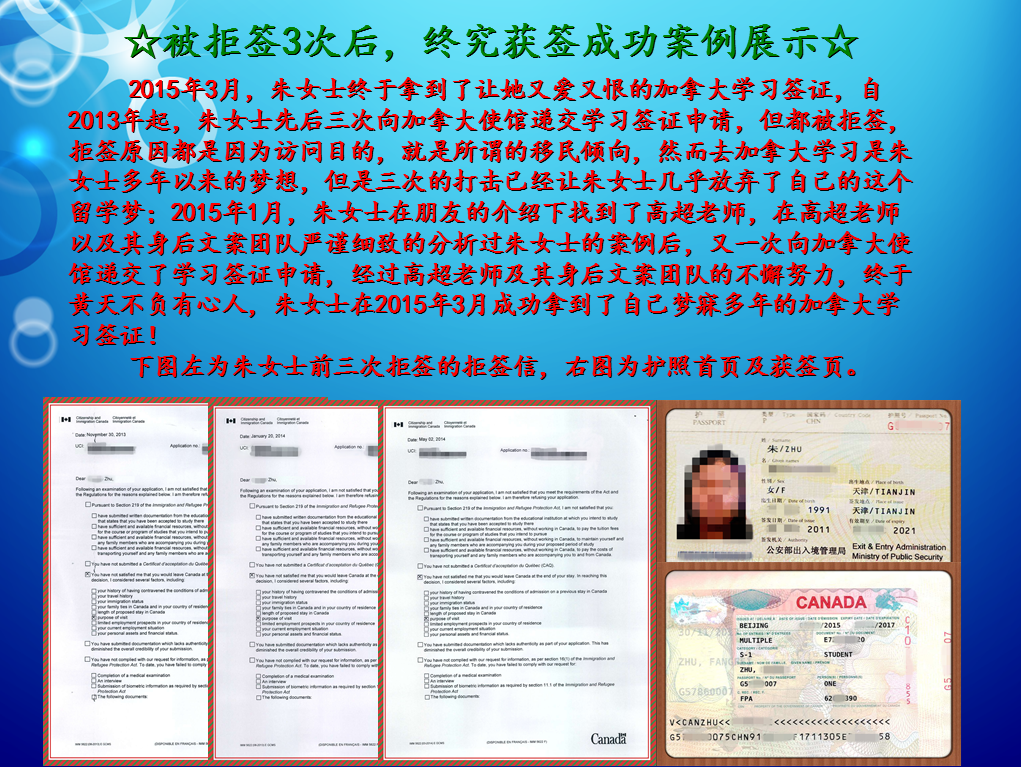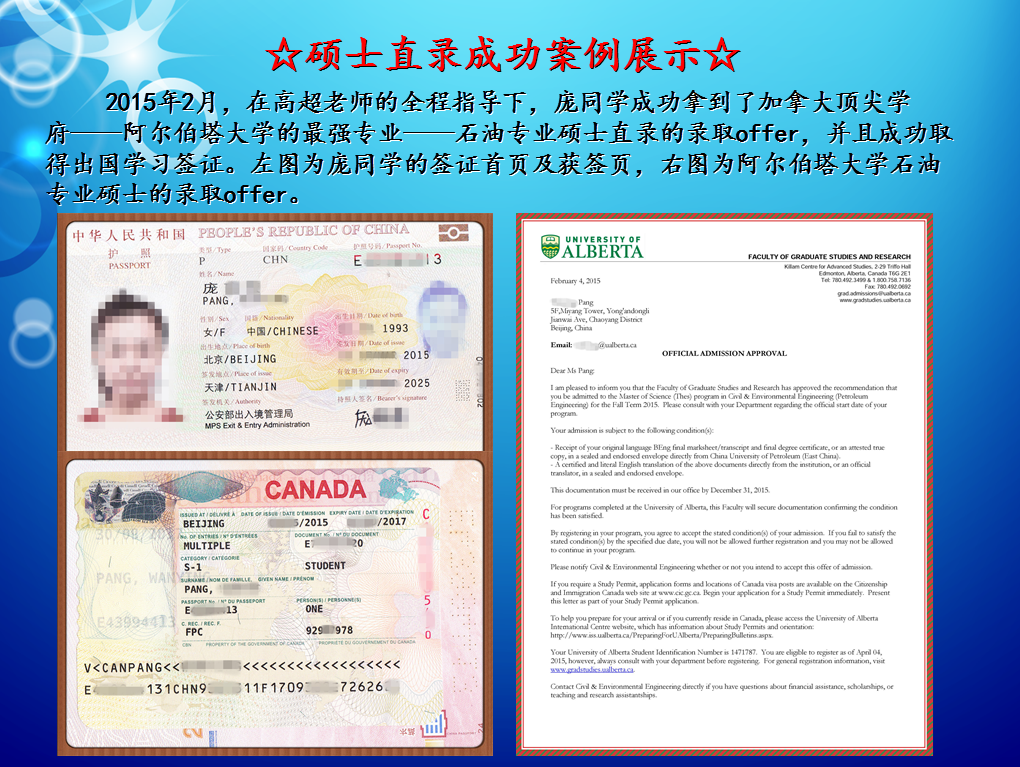GMAT阅读相关文章及问题(十三).
2017-08-11 228阅读
要想在GMAT考试中取得高分,GMAT的各个部分都要精通,要想在GMAT阅读部分获得高分,考生就需要多练习,不仅要提高阅读的速度也要提高理解能力。为了使大家有更多的文章进行练习,澳际留学小编在此为大家提供一系列的文章以及问题,希望能够同学们备考GMAT阅读考试带来帮助。红色字体的选项为正确答案。更多相关问题可咨询澳际留学在线专家,如果有任何意见和建议,也请联系我们。
Passage 13 (13/63)
The majority of successful senior managers do not closely follow the classical rational model of first clarifying goals, assessing the problem, formulating options, estimating likelihoods of success, making a decision, and only then taking action to implement the decision. Rather, in their day-by-day tactical maneuvers, these senior executives rely on what is vaguely termed “intuition” to manage a network of interrelated problems that require them to deal with ambiguity, inconsistency, novelty, and surprise; and to integrate action into the process of thinking.
Generations of writers on management have recognized that some practicing managers rely heavily on intuition. In general, however, such writers display a poor grasp of what intuition is. Some see it as the opposite of rationality; others view it as an excuse for capriciousness.
Isenberg’s recent research on the cognitive processes of senior managers reveals that managers’ intuition is neither of these. Rather, senior managers use intuition in at least five distinct ways. First, they intuitively sense when a problem exists. Second, managers rely on intuition to perform well-learned behavior patterns rapidly. This intuition is not arbitrary or irrational, but is based on years of painstaking practice and hands-on experience that build skills. A third function of intuition is to synthesize isolated bits of data and practice into an integrated picture, often in an “Aha!” experience. Fourth, some managers use intuition as a check on the results of more rational analysis. Most senior executives are familiar with the formal decision analysis models and tools, and those who use such systematic methods for reaching decisions are occasionally leery of solutions suggested by these methods which run counter to their sense of the correct course of action. Finally, managers can use intuition to bypass in-depth analysis and move rapidly to engender a plausible solution. Used in this way, intuition is an almost instantaneous cognitive process in which a manager recognizes familiar patterns. One of the implications of the intuitive style of executive management is that “thinking” is inseparable from acting. Since managers often “know” what is right bore they can analyze and explain it, they frequently act first and explain later. Analysis is inextricably tied to action in thinking/acting cycles, in which managers develop thoughts about their companies and organizations not by analyzing a problematic situation and then acting, but by acting and analyzing in close concert.
Given the great uncertainty of many of the management issues that they face, senior managers often instigate a course of action simply to learn more about an issue. They then use the results of the action to develop a more complete understanding of the issue. One implication of thinking/acting cycles is that action is often part of dining the problem, not just of implementing the solution.
出国留学办理签证是必不可少的,而办理签证的过程亦难易简,从政策解析到递交材料,从申请签证到领取签证!《玩转留学签证》帮你顺利拿下各国签证!更有名校师哥师姐为你讲解牛校申请经验,《谁说申请高手没有秘密》赶紧来探秘一下吧!
问题:
1. According to the passage, senior managers use intuition in all of the following ways EXCEPT to
(A) speed up of the creation of a solution to a problem
(B) identify a problem
(C) bring together disparate facts
(D) stipulate clear goals
(E) evaluate possible solutions to a problem
2. The passage suggests which of the following about the “writers on management” mentioned in line 10?
(A) They have criticized managers for not following the classical rational model of decision analysis.
(B) They have not based their analyses on a sufficiently large sample of actual managers.
(C) They have relied in drawing their conclusions on what managers say rather than on what managers do.
(D) They have misunderstood how managers use intuition in making business decisions.
(E) They have not acknowledged the role of intuition in managerial practice.
3. Which of the following best exemplifies “an ‘Aha!’ experience” (line 24) as it is presented in the passage?
(A) A manager risks taking an action whose outcome is unpredictable to discover whether the action changes the problem at hand.
(B) A manager performs well-learned and familiar behavior patterns in creative and uncharacteristic ways to solve a problem.
(C) A manager suddenly connects seemingly unrelated facts and experiences to create a pattern relevant to the problem at hand.
(D) A manager rapidly identifies the methodology used to compile data yielded by systematic analysis.
(E) A manager swiftly decides which of several sets of tactics to implement in order to deal with the contingencies suggested by a problem.
4. According to the passage, the classical model of decision analysis includes all of the following EXCEPT
(A) evaluation of a problem
(B) creation of possible solutions to a problem
(C) establishment of clear goals to be reached by the decision
(D) action undertaken in order to discover more information about a problem
(E) comparison of the probable fects of different solutions to a problem
5. It can be inferred from the passage that which of the following would most probably be one major difference in behavior between Manager X, who uses intuition to reach decisions, and Manager Y, who uses only formal decision analysis?
(A) Manager X analyzes first and then acts; Manager Y does not.
(B) Manager X checks possible solutions to a problem by systematic analysis; Manager Y does not.
(C) Manager X takes action in order to arrive at the solution to a problem; Manager Y does not.
(D) Manager Y draws on years of hands-on experience in creating a solution to a problem; Manager X does not.
(E) Manger Y depends on day-to-day tactical maneuvering; manager X does not.
6. It can be inferred from the passage that “thinking/acting cycles” (line 39) in managerial practice would be likely to result in which of the following?
I. A manager analyzes a network of problems and then acts on the basis of that analysis.
II. A manager gathers data by acting and observing the fects of action.
III. A manager takes action without being able to articulate reasons for that particular action.
(A) I only
(B) II only
(C) I and II only
(D) II and III only
(E) I, II, and III
7. The passage provides support for which of the following statements?
(A) Managers who rely on intuition are more successful than those who rely on formal decision analysis.
(B) Managers cannot justify their intuitive decisions.
(C) Managers’ intuition works contrary to their rational and analytical skills.
(D) Logical analysis of a problem increases the number of possible solutions.
(E) Intuition enables managers to employ their practical experience more ficiently.
8. Which of the following best describes the organization of the first paragraph of the passage?
(A) An assertion is made and a specific supporting example is given.
(B) A conventional model is dismissed and an alternative introduced.
(C) The results of recent research are introduced and summarized.
(D) Two opposing points of view are presented and evaluated.
(E) A widely accepted dinition is presented and qualified.
相关链接:
1.GMAT阅读相关文章及问题(十二)
2.一战GMAT740分考生阅读经验分享
3.GMAT考试 7月10日更新GMAT阅读机经(三)
GMAT阅读相关文章及问题(十三)GMAT阅读相关文章及问题(十三)要想在GMAT考试中取得高分,GMAT的各个部分都要精通,要想在GMAT阅读部分获得高分,考生就需要多练习,不仅要提高阅读的速度也要提高理解能力。为了使大家有更多的文章进行练习,澳际留学小编在此为大家提供一系列的文章以及问题,希望能够同学们备考GMAT阅读考试带来帮助。红色字体的选项为正确答案。更多相关问题可咨询澳际留学在线专家,如果有任何意见和建议,也请联系我们。
Passage 13 (13/63)
The majority of successful senior managers do not closely follow the classical rational model of first clarifying goals, assessing the problem, formulating options, estimating likelihoods of success, making a decision, and only then taking action to implement the decision. Rather, in their day-by-day tactical maneuvers, these senior executives rely on what is vaguely termed “intuition” to manage a network of interrelated problems that require them to deal with ambiguity, inconsistency, novelty, and surprise; and to integrate action into the process of thinking.
Generations of writers on management have recognized that some practicing managers rely heavily on intuition. In general, however, such writers display a poor grasp of what intuition is. Some see it as the opposite of rationality; others view it as an excuse for capriciousness.
Isenberg’s recent research on the cognitive processes of senior managers reveals that managers’ intuition is neither of these. Rather, senior managers use intuition in at least five distinct ways. First, they intuitively sense when a problem exists. Second, managers rely on intuition to perform well-learned behavior patterns rapidly. This intuition is not arbitrary or irrational, but is based on years of painstaking practice and hands-on experience that build skills. A third function of intuition is to synthesize isolated bits of data and practice into an integrated picture, often in an “Aha!” experience. Fourth, some managers use intuition as a check on the results of more rational analysis. Most senior executives are familiar with the formal decision analysis models and tools, and those who use such systematic methods for reaching decisions are occasionally leery of solutions suggested by these methods which run counter to their sense of the correct course of action. Finally, managers can use intuition to bypass in-depth analysis and move rapidly to engender a plausible solution. Used in this way, intuition is an almost instantaneous cognitive process in which a manager recognizes familiar patterns. One of the implications of the intuitive style of executive management is that “thinking” is inseparable from acting. Since managers often “know” what is right bore they can analyze and explain it, they frequently act first and explain later. Analysis is inextricably tied to action in thinking/acting cycles, in which managers develop thoughts about their companies and organizations not by analyzing a problematic situation and then acting, but by acting and analyzing in close concert.
Given the great uncertainty of many of the management issues that they face, senior managers often instigate a course of action simply to learn more about an issue. They then use the results of the action to develop a more complete understanding of the issue. One implication of thinking/acting cycles is that action is often part of dining the problem, not just of implementing the solution.
出国留学办理签证是必不可少的,而办理签证的过程亦难易简,从政策解析到递交材料,从申请签证到领取签证!《玩转留学签证》帮你顺利拿下各国签证!更有名校师哥师姐为你讲解牛校申请经验,《谁说申请高手没有秘密》赶紧来探秘一下吧!
问题:
1. According to the passage, senior managers use intuition in all of the following ways EXCEPT to
(A) speed up of the creation of a solution to a problem
(B) identify a problem
(C) bring together disparate facts
(D) stipulate clear goals
(E) evaluate possible solutions to a problem
2. The passage suggests which of the following about the “writers on management” mentioned in line 10?
(A) They have criticized managers for not following the classical rational model of decision analysis.
(B) They have not based their analyses on a sufficiently large sample of actual managers.
(C) They have relied in drawing their conclusions on what managers say rather than on what managers do.
(D) They have misunderstood how managers use intuition in making business decisions.
(E) They have not acknowledged the role of intuition in managerial practice.
3. Which of the following best exemplifies “an ‘Aha!’ experience” (line 24) as it is presented in the passage?
(A) A manager risks taking an action whose outcome is unpredictable to discover whether the action changes the problem at hand.
(B) A manager performs well-learned and familiar behavior patterns in creative and uncharacteristic ways to solve a problem.
(C) A manager suddenly connects seemingly unrelated facts and experiences to create a pattern relevant to the problem at hand.
(D) A manager rapidly identifies the methodology used to compile data yielded by systematic analysis.
(E) A manager swiftly decides which of several sets of tactics to implement in order to deal with the contingencies suggested by a problem.
上12下
共2页
阅读全文留学咨询
更多出国留学最新动态,敬请关注澳际教育手机端网站,并可拨打咨询热线:400-601-0022
留学热搜
相关推荐
- 专家推荐
- 成功案例
- 博文推荐

Copyright 2000 - 2020 北京澳际教育咨询有限公司
www.aoji.cn All Rights Reserved | 京ICP证050284号
总部地址:北京市东城区 灯市口大街33号 国中商业大厦2-3层









高国强 向我咨询
行业年龄 12年
成功案例 3204人
留学关乎到一个家庭的期望以及一个学生的未来,作为一名留学规划导师,我一直坚信最基本且最重要的品质是认真负责的态度。基于对学生和家长认真负责的原则,结合丰富的申请经验,更有效地帮助学生清晰未来发展方向,顺利进入理想院校。
Tara 向我咨询
行业年龄 7年
成功案例 1869人
薛占秋 向我咨询
行业年龄 11年
成功案例 1869人
从业3年来成功协助数百同学拿到英、美、加、澳等各国学习签证,递签成功率90%以上,大大超过同业平均水平。
Cindy 向我咨询
行业年龄 19年
成功案例 5073人
精通各类升学,转学,墨尔本的公立私立初高中,小学,高中升大学的申请流程及入学要求。本科升学研究生,转如入其他学校等服务。